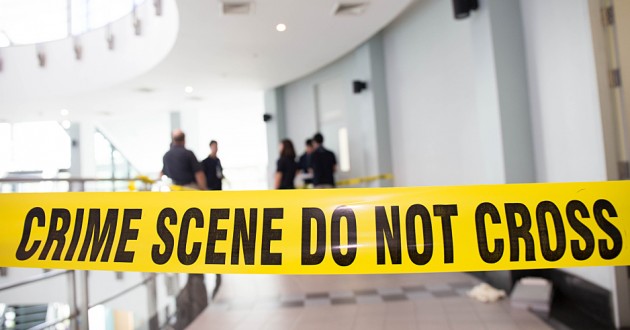› Forums › Security › News (Security) › Smart Forensics for the Internet of Things (IoT)
- This topic has 0 replies, 1 voice, and was last updated 6 years, 9 months ago by
Curator 1 for Blogs.
-
AuthorPosts
-
-
March 28, 2017 at 5:30 am #21904
Forensics Investigations in the New Age
Digital forensics is slowly developing as a solution to this problem. At its core, this brand of forensics is the process of identifying, preserving, analyzing and presenting digital evidence to the court of law. It does so using well-defined principles and accredited tools.
IoT forensics has more areas of interest than traditional forensics. In addition to the traditional type of networks — wired, Wi-Fi, wireless and mobile — IoT also has the RFID sensor network. Different IoTware such as appliances, tags and medical devices should be considered as sources of evidence during investigation as well.
The main challenge in investigating an IoT crime is introduced by the dynamic nature of IoT solutions. IoT is a combination of many major technology areas, which includes cloud computing, mobile devices, computers and tablets, sensors and RFID technologies. As a result, forensics for IoT will encompass all of these aforementioned areas.
Sources of evidence on IoT can be categorized into three groups:
- All evidence collected from smart devices and sensors;
- All evidence collected from hardware and software that provide a communication between smart devices and the external world (e.g., computers, mobile, IPS, IDS and firewalls), which are included in traditional computer forensics; and
- All evidence collected from hardware and software that are outside the network under investigation. This group includes cloud, social networks, ISPs and mobile network providers, virtual online identities and the internet.
A Multifaceted Approach
While there are no defined principles for IoT forensics, investigations will significantly rely on the mechanical and physical nature of the smart device, since identifying evidence sources is a major challenge. Evidence could be collected from fixed sensors in homes and buildings, moving sensors built into cars and wearable devices, communication devices, cloud storage and even ISP logs. However, another main challenge is constrained evidence collection due to proprietary jurisdictions.
Cloud forensics will also play a main role in reinforcing cybersecurity best practices, since all data generated by IoT components will be stored on cloud due to its scalability, capacity and convenience.
As a result of the continued growth in the number of IoT-connected devices, it has become a necessity to develop a new process to investigate IoT-related incidents. Addressing security concerns will rely on a new era of digital forensics and best practices to simulaneously verify and leverage physical and digital evidence within a changing regulatory landscape.
-
-
AuthorPosts
- You must be logged in to reply to this topic.

